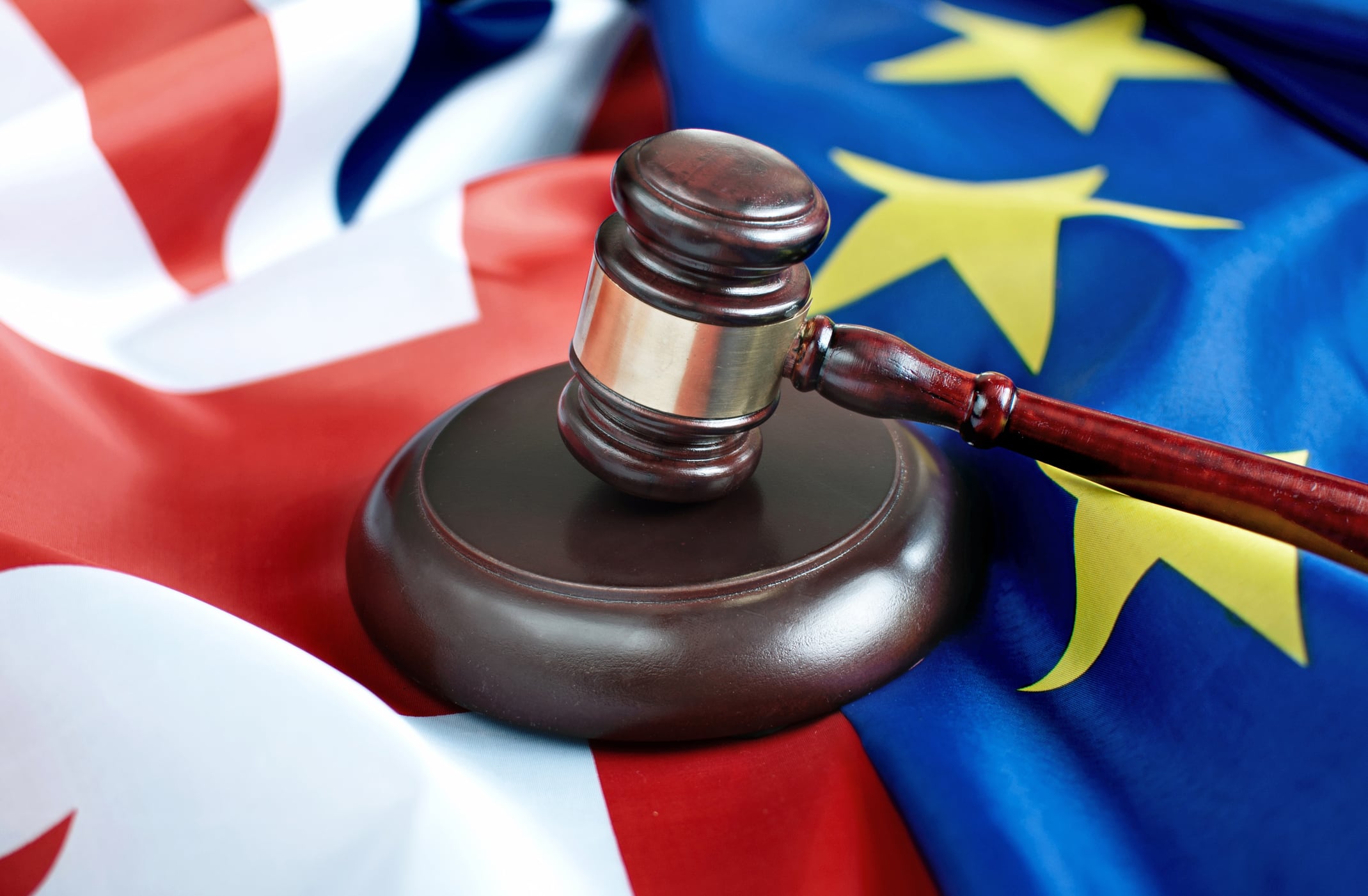In the early 00’s there were only a handful of novel foods applications each year, but the numbers have risen to around 40 a year since 2018, according to Prof.Dr. Hans Verhagen, owner of the Food Safety and Nutrition (FSN) Consultancy.
He joined the Virtual Vitafood Expo to give a back-to-basics presentation on this subject.
In his talk he explains that novel foods are food or food ingredients that were not used for human consumption to a significant degree in the European Union before 15th May 1997.
The original regulation, from 1997, was updated in 2015 (in force from 2018) in an aim to make the authorisation process less complicated and to encompasses a specific authorisation process for traditional foods from third countries.
EFSA also created guidance documents on how to create a novel foods (or traditional foods from third countries) dossier to support this updated legislation.
“In the original legislation much work was done by the member states and only if there were problems, EFSA came into the picture," Verhagen explains. “From 2018, all dossiers go directly to EFSA - or the UK committee on novel foods and processes for UK applications - to issue its scientific opinion, which is much simpler.”
If an applicant is unsure if their product is a novel food, they can make a dossier to send to the EU member state where they want to introduce the product and the member state has four months to decide whether it is novel or not.
To help ensure applicants don't make unnecessary applications, the public has access to the novel foods catalogue - an informal record of discussions at EU level about the novel food status of numerous foods and ingredients.
Making an application
The key goal of a novel foods application is to establish that the food/ingredient is safe under the proposed conditions of use and that normal consumption would not be nutritionally disadvantageous.
The applicant must provide the following information about their food: Production process, compositional data, history of use (if applicable), proposed use, use levels and calculate anticipated intake in the population, data on absorption/distribution/metabolism/excretion, nutritional information, toxicology information, and allergenicity.
Once they've received the dossier, EFSA has nine months to perform a scientific risk assessment and come to a scientific opinion, but this time can be extended if needed.
Once they have published their scientific opinion, the European Commission (EC) and member states must take an authorisation in the EC standing committee. Once authorised it will be added to the union list on the EC website.
Verhagen notes the clear separation between assessment and management.
“It’s important to realise that EFSA and EC have different roles. EFSA will do the scientific evaluation whereas the EC will decide on authorisation.”
Transparency regulation
A new Transparency regulation (2019/1381) was brought into force in 2021 which legislates on the transparency and sustainability of the EU risk assessment model in the food chain.
It states that an applicant can ask for pre-submission advice from EFSA. It also ensures that those elements of the application that should be made public, are made public.
“If you are planning studies to inform your dossier, as an applicant it is an obligation for the applicant and the research lab to notify of their study so EFSA can be sure all the data are available.
“EFSA makes a distinction between confidential and non-confidential parts of the dossier into the public domain – publishing the non-confidential parts. It’s the applicant’s duty to identify which parts are confidential.”


